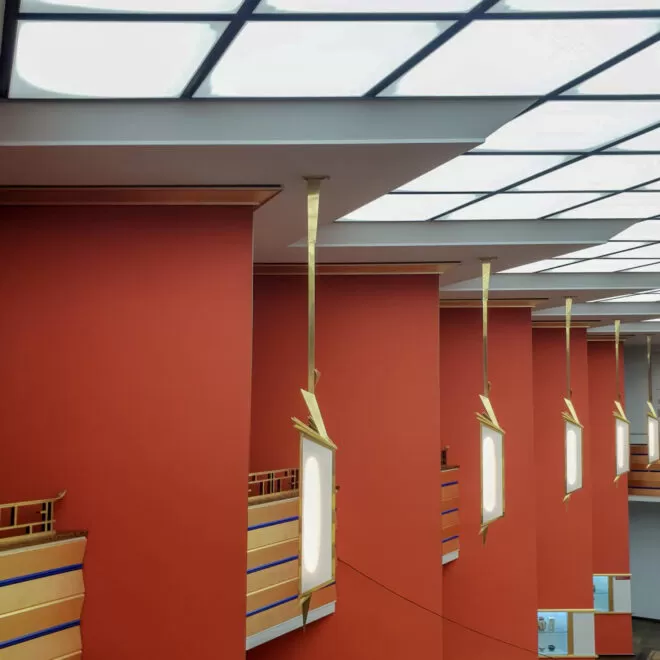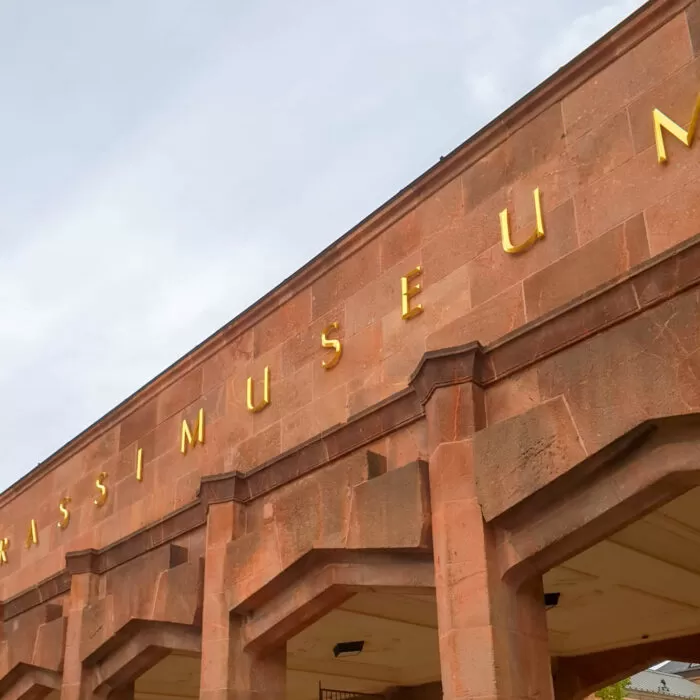
Grassimuseum, 1925-1929. Architects: Carl William Zweck, Hans Voigt, Hubert Ritter. Photo: Daniela Christmann
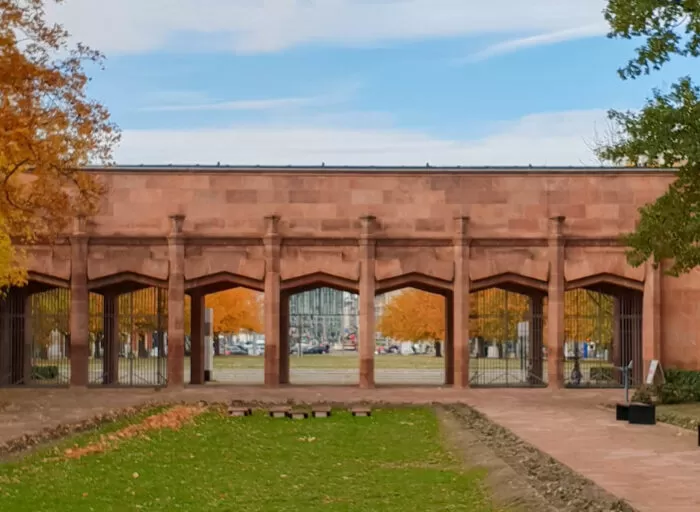
Grassimuseum, 1925-1929. Architects: Carl William Zweck, Hans Voigt, Hubert Ritter. Photo: Daniela Christmann
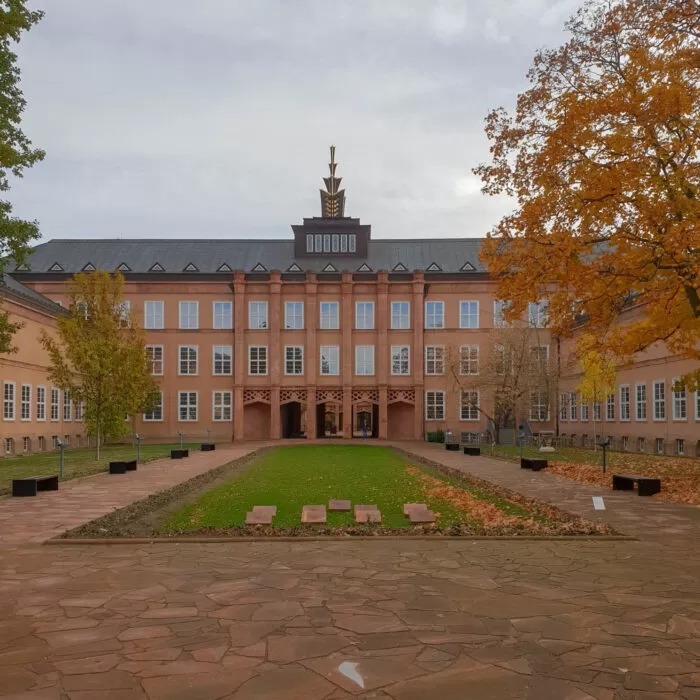
Grassimuseum, 1925-1929. Architects: Carl William Zweck, Hans Voigt, Hubert Ritter. Photo: Daniela Christmann
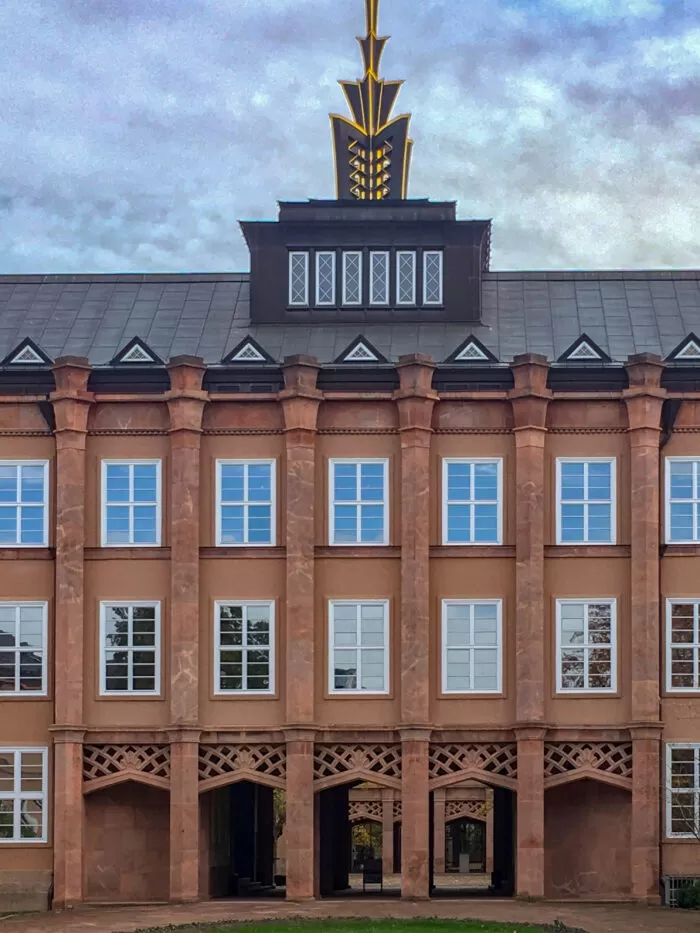
Grassimuseum, 1925-1929. Architects: Carl William Zweck, Hans Voigt, Hubert Ritter. Photo: Daniela Christmann
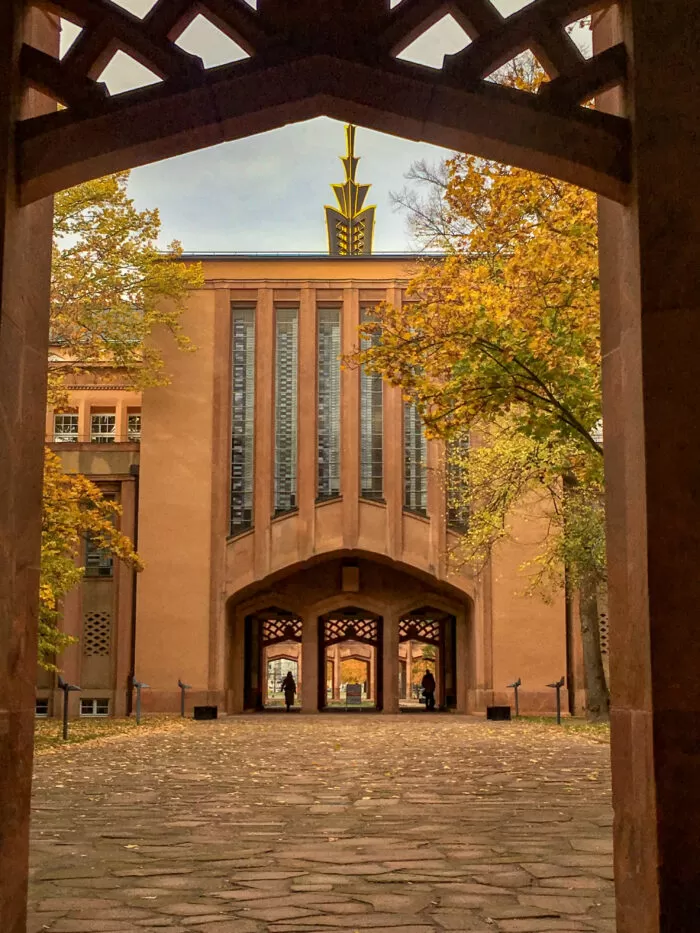
Grassimuseum, 1925-1929. Architects: Carl William Zweck, Hans Voigt, Hubert Ritter. Photo: Daniela Christmann
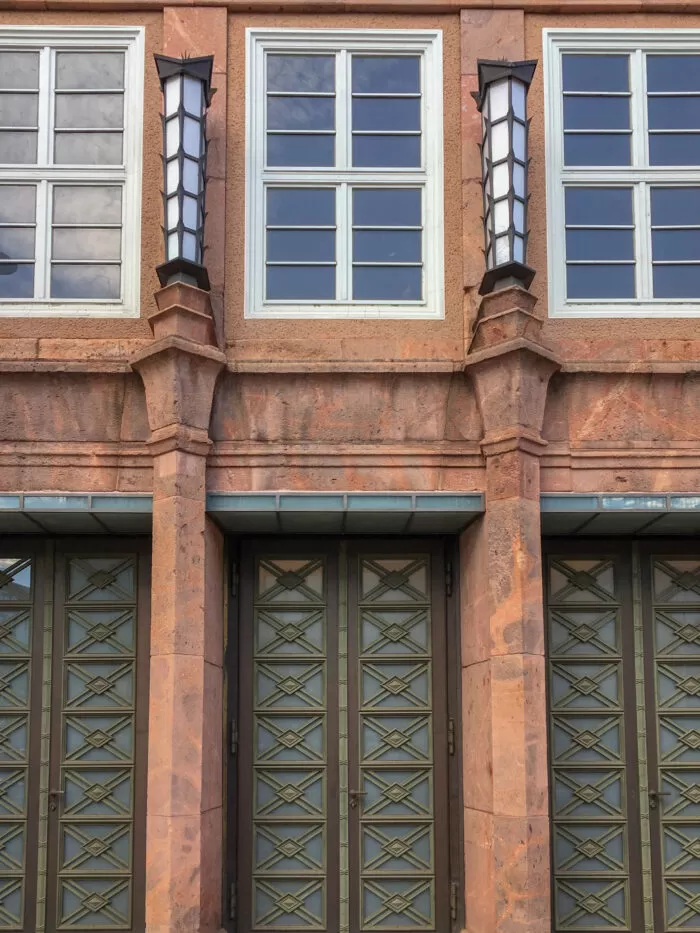
Grassimuseum, 1925-1929. Architects: Carl William Zweck, Hans Voigt, Hubert Ritter. Photo: Daniela Christmann
1925 – 1929
Architects: Carl William Zweck, Hans Voigt, Hubert Ritter
Johannisplatz 5-11, Leipzig, Germany
Grassimuseum in Leipzig, Germany, was built in the years 1925 to 1929 according to the plans of the architects Carl William Zweck, Hans Voigt and Hubert Ritter.
Background
The Grassimuseum originated from a private initiative: the Italian merchant Franz Dominic Grassi, who had become wealthy in Leipzig, bequeathed money to the city in 1880 to build a museum.
Between 1892 and 1896, these funds were used to build the first Grassimuseum on today’s Wilhelm-Leuschner-Platz.
When the space for the collection became too small, the present museum was built according to plans by Carl William Zweck, Hans Voigt and Hubert Ritter on Johannisplatz from 1925 to 1929.
Visitors enter the museum grounds, which are arranged around four courtyards and have 27,000 square meters of floor space, through a seven-gate entrance building made of Rochlitz porphyry tuff.
Since its comprehensive renovation and gradual reopening in 2005, the building has housed the museums of applied art, ethnology and musical instruments.
Building
A courtyard of honor leads to the main building, which has a colonnaded passageway from which stairs lead to the two museum wings.
Visible from afar, the museum’s roof supports a short tower shaft with a broad base, slender windows, and a jagged superstructure nearly nine meters high, the shape of which has been interpreted as a pineapple or agave.
Interiors
The most spectacular room is the Art Deco pillared hall designed by Hubert Ritter in 1927.
In contrast, the design of the total of eighteen glass windows, up to seven meters high, designed by Josef Albers in 1926, is completely committed to the rational idea of the Bauhaus.
Restoration
The Grassimuseum was severely damaged during the Second World War and was only inadequately renovated during the GDR.
The museum had already been closed in 1939 due to the war, and the interiors burned out in 1943 and 1945. Reconstruction began in 1947, but the first comprehensive renovation was not carried out until between 2000 and 2005.
Windows Josef Albers
By 2015, it was possible to restore the central pillared hall of the Museum of Applied Art, the stained glass windows by Josef Albers, and the attachment lights in the main staircase.
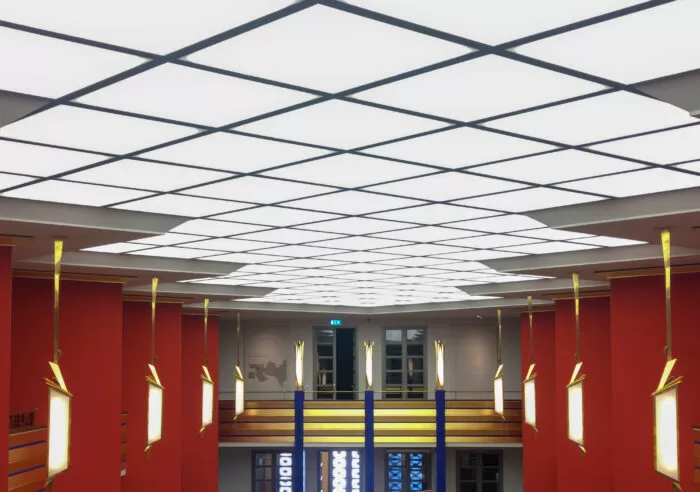
Grassimuseum, 1925-1929. Architects: Carl William Zweck, Hans Voigt, Hubert Ritter. Photo: Daniela Christmann
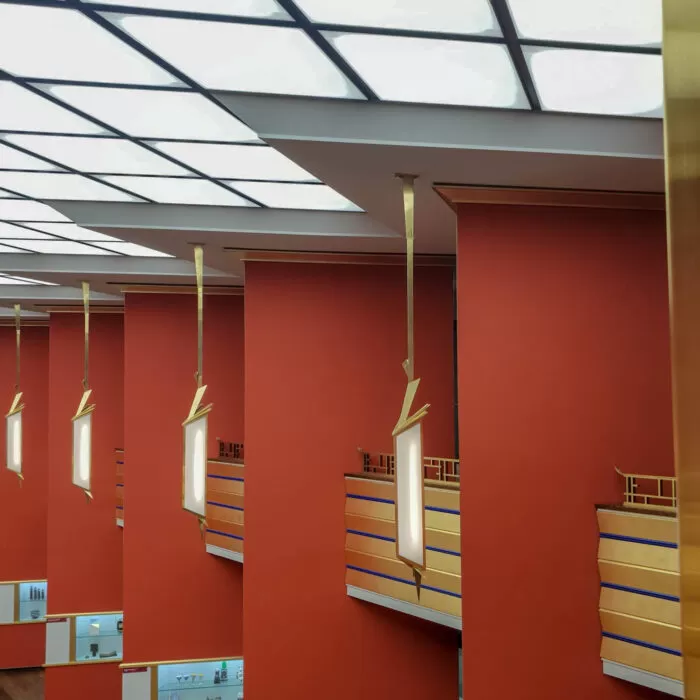
Grassimuseum, 1925-1929. Architects: Carl William Zweck, Hans Voigt, Hubert Ritter. Photo: Daniela Christmann
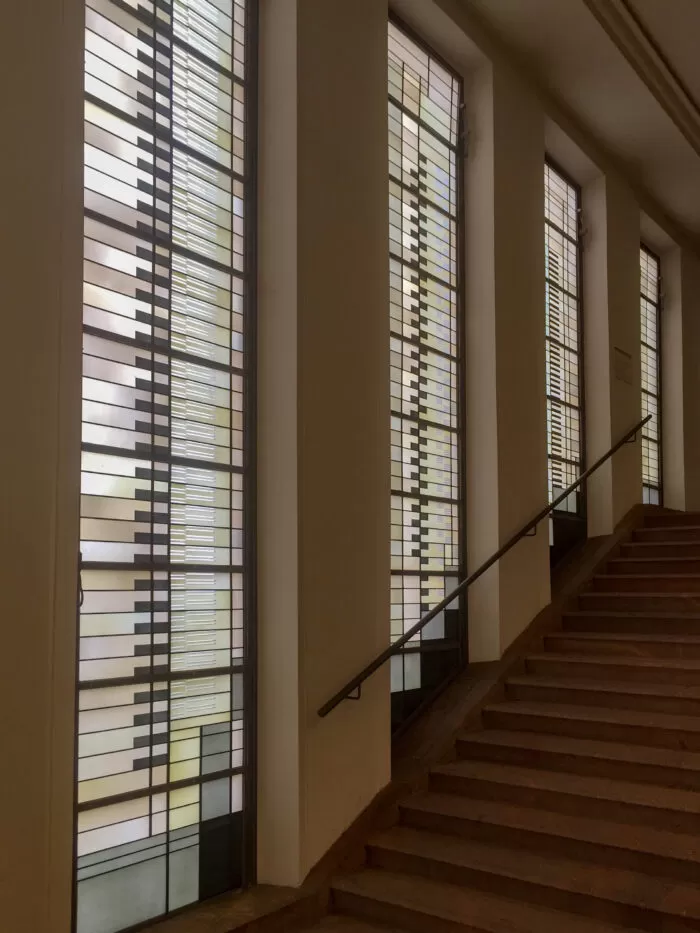
Grassimuseum, 1925-1929. Architects: Carl William Zweck, Hans Voigt, Hubert Ritter. Photo: Daniela Christmann
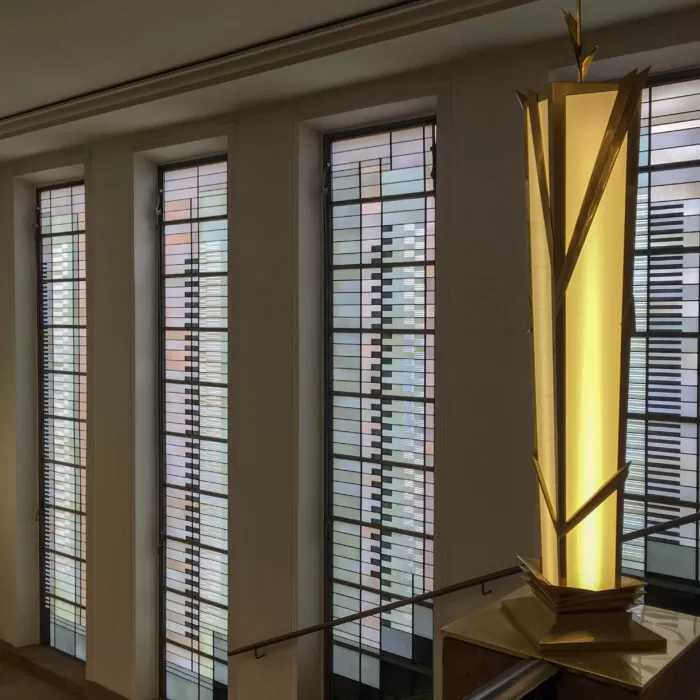
Grassimuseum, 1925-1929. Architects: Carl William Zweck, Hans Voigt, Hubert Ritter. Photo: Daniela Christmann

